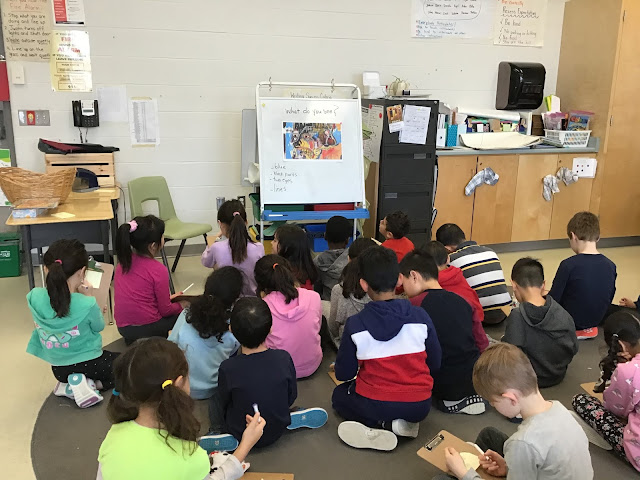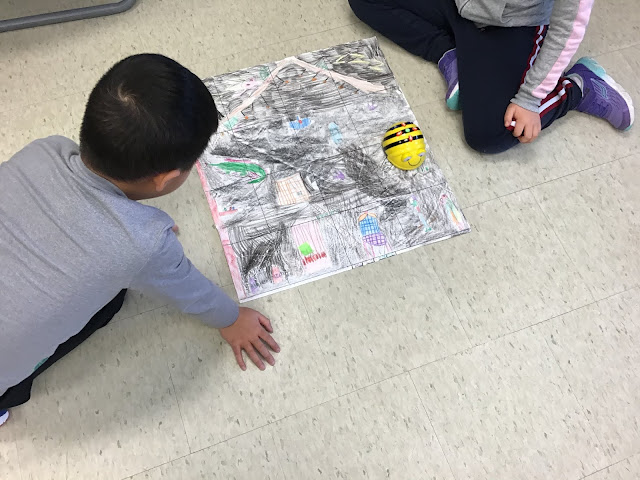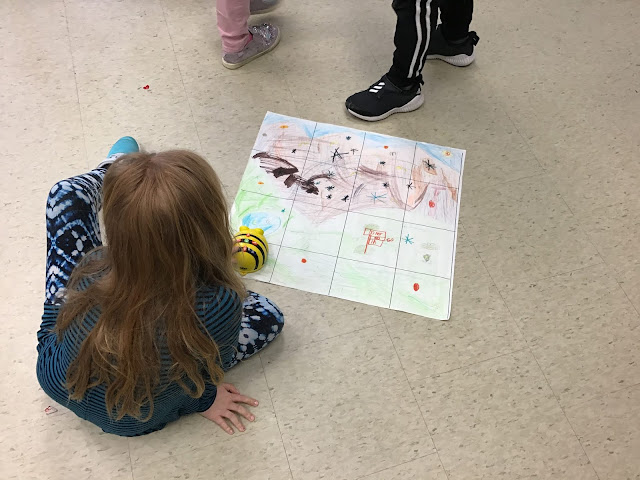Mrs. Gibbs’ Grade 2 Class
Learning Activities for the School Closure
Dear Families, Friday, March 13th,
2020
Below you will find a
list of our current learning topics, and activities that support learning at
home during the school closure. These activities are optional.
Math
Addition and Subtraction with 2-digit numbers
We are learning about
different strategies for addition and subtraction of double-digit numbers.
Please see the attached page for examples of the strategies that we have been
using, as well as some challenges.
Students can practise adding and subtracting
double digit numbers, as well as making up problems that involve adding and
subtracting double digit numbers.
Playing board games, and card games is also great
activities that strengthen mental math strategies
Money
We are learning about
counting money amounts (adding), and making change (subtraction).
Students can practise counting money up to 100
cents and beyond, as well as “playing store” and making change.
Time
We are learning to
tell time to the hour, half hour, and quarter hour.
Students can tell the time at home using an
analogue, and digital clock. There are also a few website on our blog called
“Stop the Clock” that supports this.
Literacy
Reading
Read as much as possible! Students benefit from
reading independently, with an adult or sibling, as well as listening to an
“expert” reader. This is a great time to get into a great chapter book
together!
Writing
We will finish our
information books when we come back to school.
Students can work on writing at home in their
Writer’s Notebook. They can write about:
-ideas in their heart map (write about a special person, place, or activity)
-a small moment story
-facts about a topic they know lots about
-a letter
Social Studies
We are learning about
the continents, oceans, equator, northern and southern hemisphere. This website
supports this learning:
We will also be
learning about some different countries. Our big questions is “How does climate
and physical features affect the way people live (their jobs, clothing, the
food they eat, what they do for fun)?
Students are encouraged to talk about, and read
about different parts of the world that they are interested in. They can learn
about the climate, and what the land looks like. They can then think about what
jobs people might have there, what kind of clothing they wear, what they do for
fun, and eat)
*Some students took home their sketch books, extra
library books, and their Writer’s Notebooks. Please remind your students to
bring them items back when classes resume.
Addition and Subtraction
Challenges
1. Fill in the blanks
with the digits 4-9. Use each digit only once. Use mental math to add the
digits together. Try to use different strategies.
___+___
___+___ ___+___
2. A number less than
19 is 6 more than another number. What could the two numbers be? Think of 2 or
3 pairs of numbers that it could be. Which pair of numbers was easiest to
figure out, why?
3. If you subtract 2
two-digit numbers, could the result be a one-digit number? Explain why or why
not. Give examples
4. Which addition do
you think doesn’t belong? Why?
30+20
26+33 39+9 25+26
5. The sum of two
numbers that are pretty close to each other is a little less than 60. What
could the two numbers be?
6. Centipedes always
have an odd number of pairs of legs. They could have as few as 15 pairs of
legs, or as many as 175 pairs. Create and solve two or more problems about
centipede legs.
7. One price is 32
cents more than another price. One of the prices can be represented with 8
coins. What can the two prices be?
8. The result of a
subtraction problem is one less than 30-15. Explain what the problem might be.
9. Describe two or
more ways to solve 48+49
10. You skip count by
a number and say 20. What might you have been skip counting by? What were you
not skip counting by? How do you know?



























